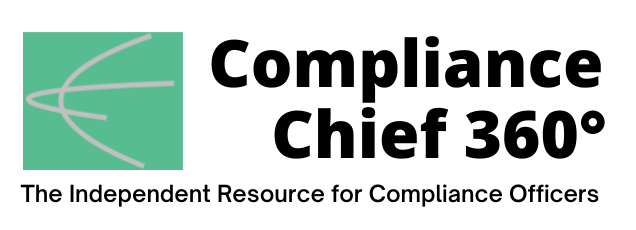
“The discussions with U.S. and Danish authorities related to the Estonia matter are now at a stage where Danske Bank can reliably estimate the total financial impact of a potential coordinated resolution amounting to a total of DKK 15.5 billion,” said Danske Bank Chief Executive Officer Carsten Egeriis. In addition to booking a provision of DKK 1.5 billion in 2018, Danske Bank booked an additional provision of DKK 14 billion (US $1.9 billion) in the third quarter of 2022.
While the bank did not rehash details of its alleged criminal conduct in its Oct. 27 interim financial report for the first nine months of 2022, it is widely known to have engaged in one of the largest money laundering scandals in the world. It ranks third, after Wachovia Bank’s $390 billion money-laundering scandal and Standard Chartered’s $265 billion money-laundering scandal.
In Danske Bank’s case, the criminal activity occurred from February 2007 through January 2016, in which the bank allowed 200 billion euros (US$228 billion) of illicit funds to be laundered from several countries, including Russia, Azerbaijan, and Moldova, and Russia.
For several years, the bank at the group level believed it had robust AML procedures in place, until receiving a whistleblower report from the Estonia branch in 2013 and audit letters from group internal audit in 2014 concerning “insufficient and inadequate” processes in all three lines of defense, including compliance and internal audit.
These findings and more were revealed in a damning report published in 2018 by law firm Bruun & Hjejle, which had been commissioned by the bank to look into the allegations. That report described in detail the bank’s “major deficiencies in controls and governance that made it possible to use Danske Bank’s branch in Estonia for criminal activities such as money laundering.”
Among the findings described in the report, the whistleblower’s allegations were never properly investigated; there was insufficient knowledge of customers, their beneficial owners and controlling interests, and of sources of funds; screening of customers and payments had mainly been done manually and had been insufficient; and there had been lack of response to suspicious customers and transactions.”
As for the current state of the investigation, “Our dialogue with the authorities is ongoing,” said Egeriis, “and while there is still uncertainty that a resolution will be reached, we hope that a resolution will be concluded before the end of this year.” ![]()
Jaclyn Jaeger is a contributing editor at Compliance Chief 360° and a freelance business writer based in Manchester, New Hampshire.

